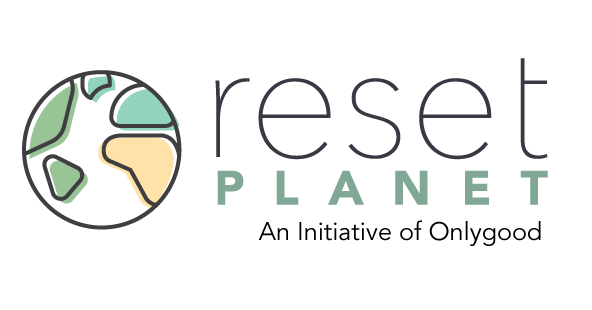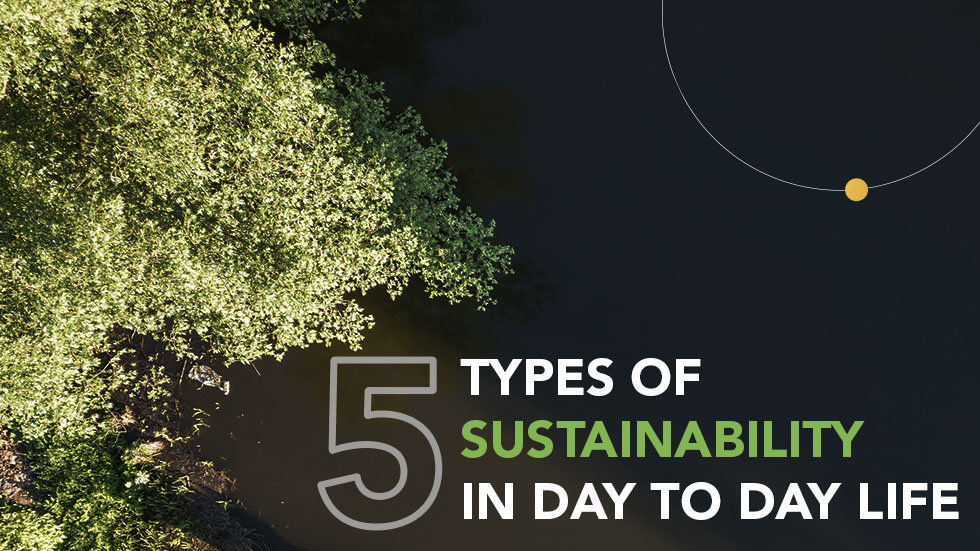Maintaining a balance of the species with the resources present in the environment is called Sustainability. It applies to the exploitation of a resource below its renewal limit. In simple terms Sustainable refers to maintaining, continuing, and keeping. Though, it’s a long-term game to play.
However, four pillars are backing sustainability, including Human, Social, Environmental, and finally Economical Sustainability. On the other hand, there are various types of sustainability as well. One can read more about the history and the evolution of Sustainability here. But the following are the 5 types of sustainability that are very prominent in our daily lives. Take a look.
Water Sustainability
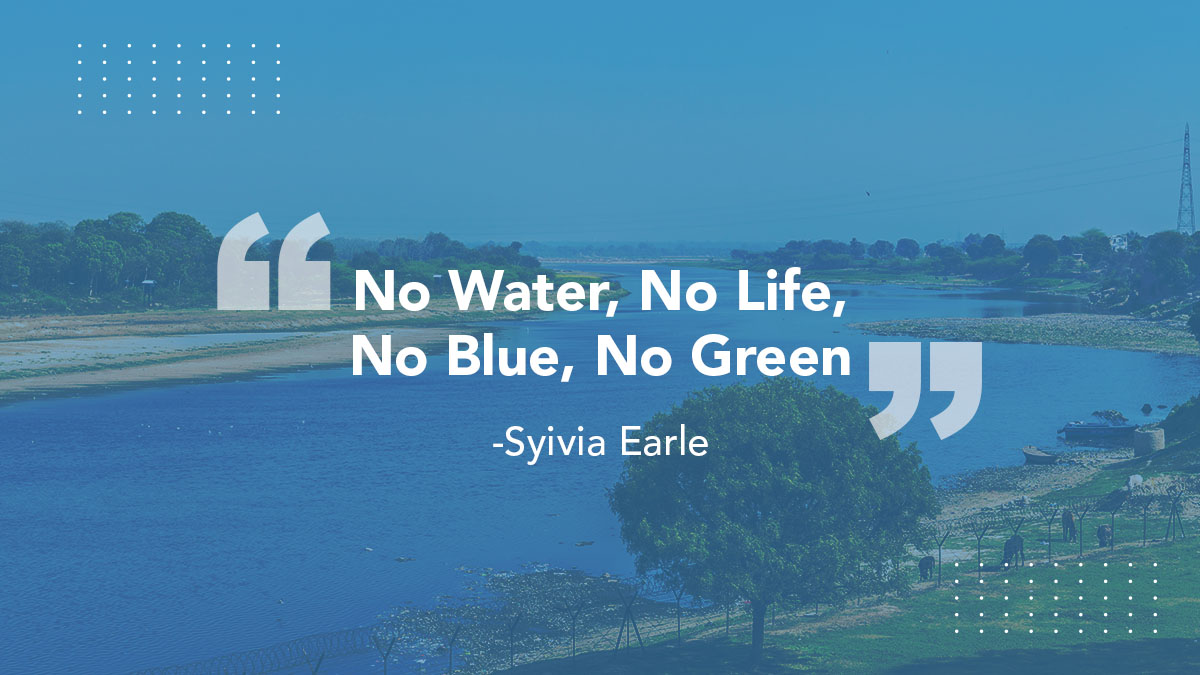
One of the most crucial factors in Sustainability is water resource sustainability. It talks about using water to meet current, ecological, social, and economical needs without compromising the ability to meet those needs in the future. It needs a manager to tackle beyond the jurisdictional boundaries and their immediate supply operations, managing water collaboratively while seeking resilient regional solutions that minimize risks.
The year 2012 led to a serious transformation into the Water Sustainability drive, Water Foundation and its multiple partners considering The Bay Institute, Environmental Science Associates, and Sonoma Ecology Center set out to assemble a tool which was called Sustainable Water Management(SWM) that help the hydro agencies to adjust the water stress condition on the ground and evaluate their progress towards the sustainable water.
Food Sustainability

The United Nations says food sustainability is “the idea that something (e.g., agriculture, fishing or even preparation of food) is done in a way that is not wasteful of our natural resources and can be continued without being detrimental to our environment or health.” In 2016, the United Nations General Assembly declared June 18th as Sustainable Gastronomy Day to celebrate food diversity across the globe. Hunger and Malnutrition are widespread issues that the UN has emphasized that “a profound change of the global food and agriculture system is needed” to tackle.
Food sustainability hinges on sustainable food systems. These are based on subsystems, including farming, supply systems, and waste management which interact with trade, energy, and health systems.
Sustainable Fashion
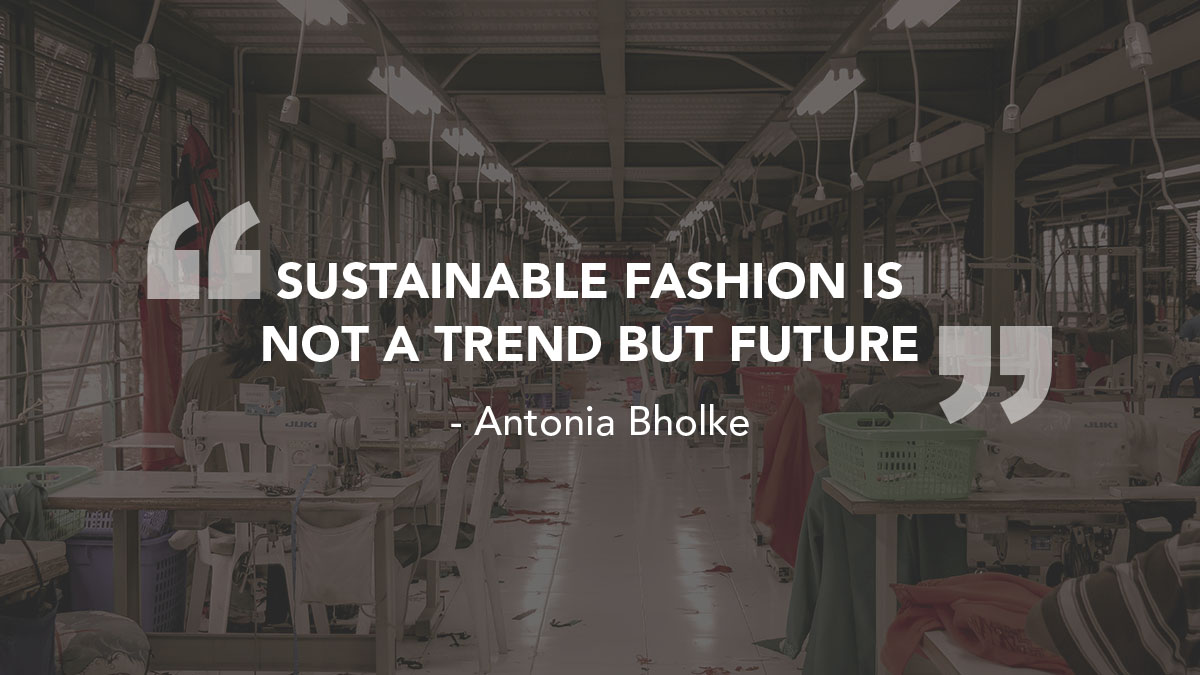
Followed by a large audience in the urban market, Sustainable fashion is also termed as Eco-Fashion. It is an all-inclusive term describing products, processes, activities, and actors (policymakers, brands, consumers) aiming to achieve a carbon-neutral fashion industry, built on equality, social justice, animal welfare, and ecological integrity. It mainly focuses on addressing textiles and product in the fashion industry.
Additionally, it aims to the entire manner upon which it includes how clothing is produced, who produces it, and how long the life span of a product is before it reaches the landfill. This movement has seriously affected combating the large carbon footprint that the fashion industry had created by degrading the greenhouse gas emission.
Health Sustainability
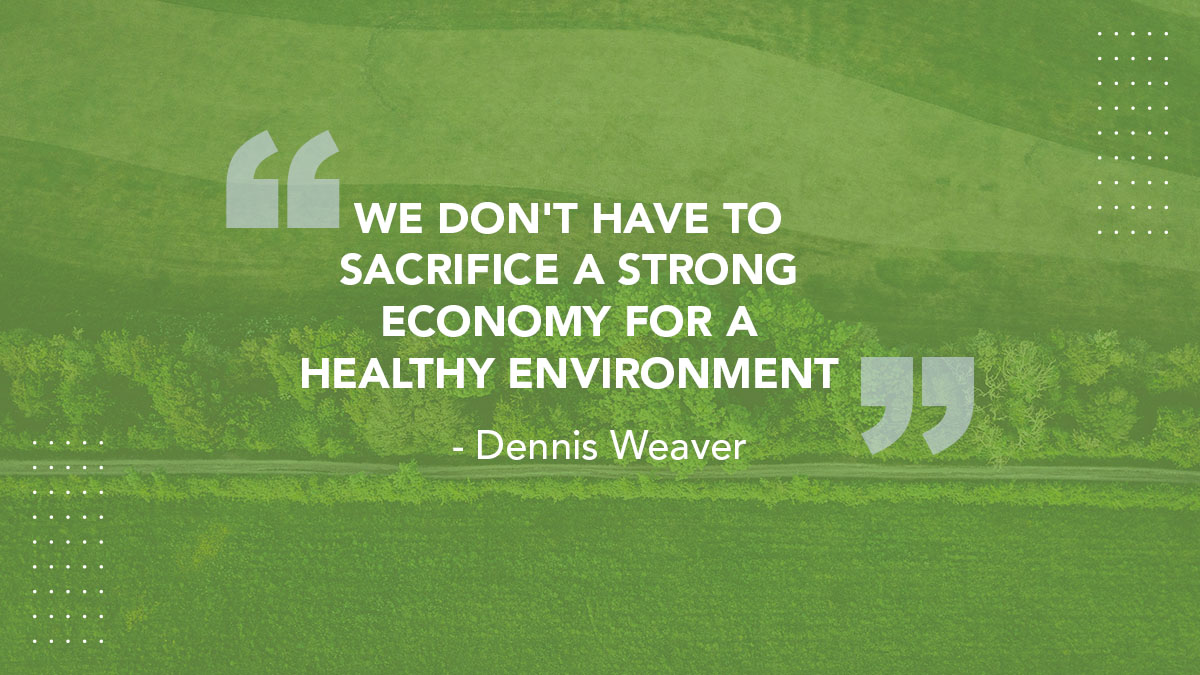
This world really doesn’t stop for anyone, Our societies are complex and interrelated. Health cannot be separated from other goals. At the same time, we are experiencing an exponential increase in chronic diseases, obesity, mental health problems as well as a worsening of many environmental problems. However, The idea of health is not just about the absence of disease, it’s a part of the social dynamics of social organization, lifestyles, and patterns of consumption and influenced by the biophysical environment.
The World Health Organisation(WHO) in the 1980s defined the concept of‘ environmental health’ as comprising those aspects of human health and disease determined by factors in the environment. Here environmental health problems are conceived as being related to the physical interaction of environmental and health factors. The approach by WHO to the idea of environmental health was diverse to encompass social and psychosocial conditions which have an effect on health.
Sustainable Forestry
Deforestation is one of the most serious issues to be tackled in this era. Term Sustainable forestry educates about the values of forest in the life of common people. Over the years, with the rise in the population people need forests for the resources they provide, and as a place to live or to make a living. However Sustainable forestry takes care of that future generations will have forests to meet their needs and values.
Sustainable forestry is also about maintaining forest health. Various living and nonliving organisms make a forest unhealthy. Including pests, diseases, wildfires, and extreme weather. When larger numbers of trees die, it may signal a forest health problem. Sustainable forestry seeks to promote forest health by reducing things that seriously damage the forest.
By securing all these crucial resources, we will improve our lifestyle as well. Over the last decade, people seem more conscious of Sustainability, and somehow that’s a positive sign for the environment. We had already exploited much of the resources present and still continuing, but a serious change is required to ensure the existence of the human race.
